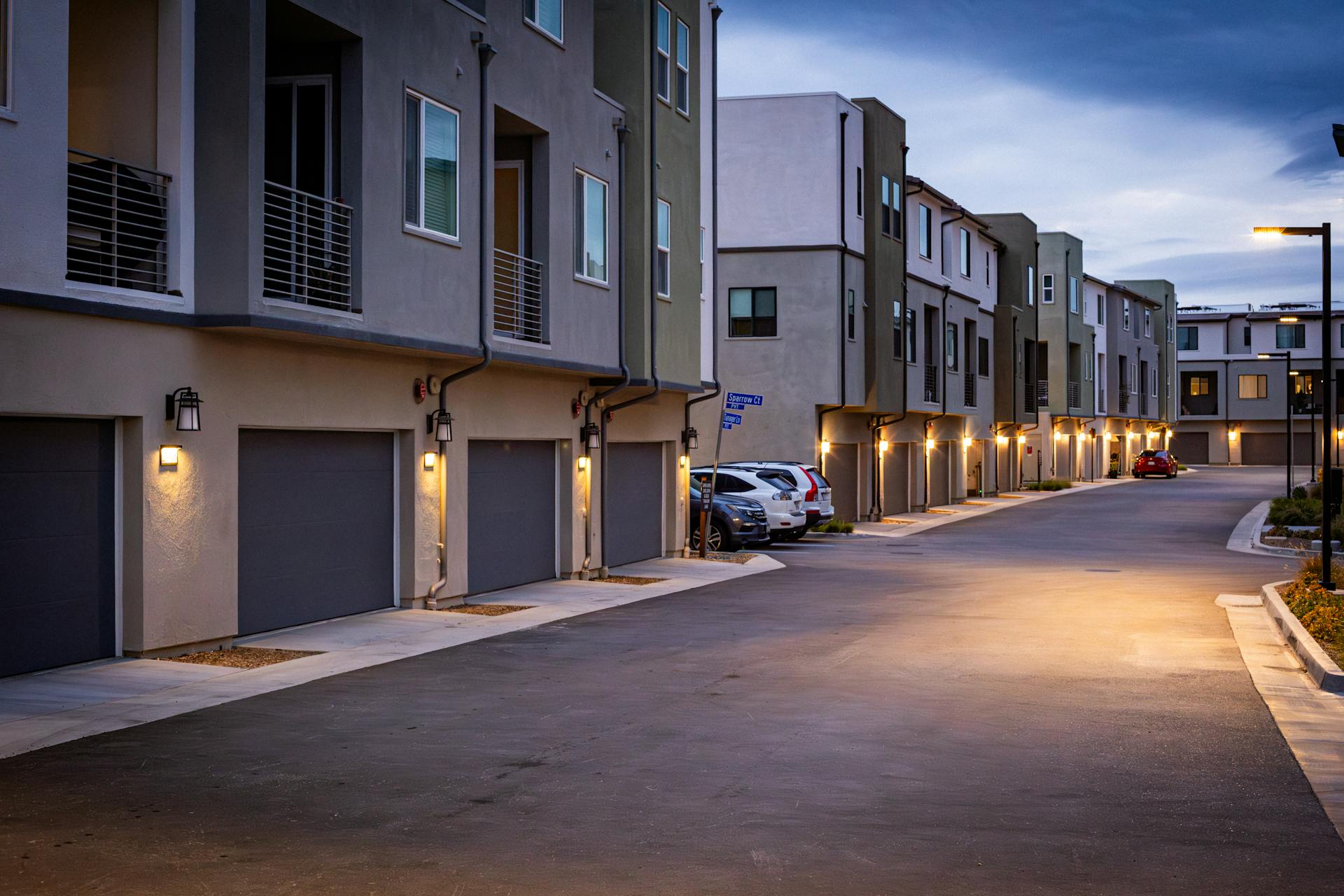

Question: What is a Single Row Townhouse?
Answer: A single row townhouse is a type of residential building that shares walls with neighboring units, but only on one side, unlike townhouses in a double row. This provides more privacy and natural light.
Understanding the Single Row Townhouse
Townhouses offer a unique blend of privacy and community living. However, not all townhouses are created equal. This article explores a specific type of townhouse: the single row townhouse. We will examine its defining characteristics, advantages, and disadvantages, along with crucial considerations for potential buyers.
Defining the Single Row Townhouse
It’s a type of residential dwelling that shares walls with only two neighboring units, one on each side, much like a detached house in a row. Unlike multi-row townhouses which can resemble apartment complexes, they maintain a distinct individuality. They offer more privacy and generally have direct access to the street from the front and a private backyard in the rear, unlike interior units in larger townhouse developments.
Click here for more information on Orangeville realtors
Related Article: What is Between Townhouse Walls?
Related Article: Why Do They Call It a Townhouse?
Disadvantages of Single Row Townhouses
Despite the numerous benefits, single row townhouses also have potential drawbacks. One primary concern is price. Due to their increased privacy and larger lots, they typically command higher prices than multi-row units. While property management can provide valuable services, they also involve fees and restrictions that might not appeal to everyone. Maintenance responsibilities, while often shared, can sometimes lead to disputes among neighbors, especially concerning shared walls or landscaping. Parking can sometimes be limited compared to larger complexes, particularly for guests. Lastly, the sense of community, while present, may not be as strong as in denser multi-row developments.
Key Considerations for Potential Buyers
Before purchasing a townhouse, prospective buyers should carefully evaluate several key factors. A thorough inspection of the property, including shared walls and systems, is important. Reviewing any agreements and understanding associated fees and restrictions is essential. Assessing the neighborhood and its proximity to amenities like schools, shopping, and transportation should be a priority. Comparing prices and features with similar properties in the area will help determine fair market value. Securing financing and obtaining pre-approval for a mortgage will streamline the purchasing process.
Comparing Single Row to Other Townhouse Styles
To fully appreciate the single row townhouse, it’s helpful to compare it to other common styles. Multi-row townhouses, for instance, offer a greater sense of community and often come with shared amenities like pools or gyms. They typically offer less privacy and smaller outdoor spaces. Duplexes, while similar to single row townhouses in terms of shared walls, typically only involve two units on a single lot. Detached houses, on the other hand, offer maximum privacy and independence, but usually come with higher prices and greater maintenance responsibilities. Understanding these differences is critical in making an informed decision based on individual needs and preferences.
Financial Aspects of Single Row Townhouse Ownership
Beyond the initial purchase price, there are other significant financial aspects to consider. Property taxes for single-row townhouses are generally calculated similarly to detached houses and can vary based on location and property value. Homeowners insurance is another essential expense, covering potential damage or losses. It is also important to understand the maintenance fees, which can cover a range of services, from landscaping and exterior maintenance to shared amenity upkeep. Budgeting for potential repairs and maintenance is vital, especially for older properties. Potential buyers should carefully analyze their financial situation and create a realistic budget that accounts for all these ongoing costs.
Conclusion
A single row townhouse presents a compelling option for individuals seeking the balance of privacy and community living. While they offer distinct advantages such as increased privacy, larger lots, and better natural light, potential buyers must also consider the associated costs, property restrictions, and potential maintenance responsibilities. By carefully weighing these factors and conducting thorough research, prospective buyers can determine if a it is the right fit for their lifestyle and budget. Understanding the defining characteristics of a single row townhouse empowers buyers to make informed decisions and find the perfect home.


